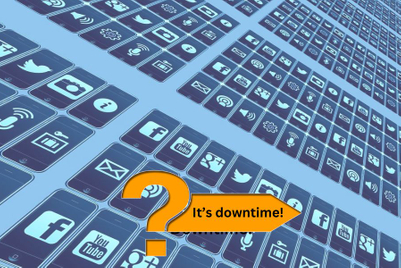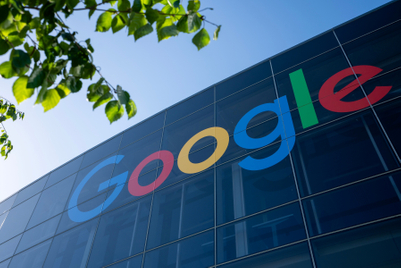
The BJP's highest spending was INR 2.75 crore in Tamil Nadu, with significant amounts also spent in Rajasthan, Uttar Pradesh, Karnataka, and Kerala, ranging between INR 0.13 crore and INR 2.16 crore. Compared to the INR 15.87 crore spent in the 2019 Lok Sabha elections, this year's spending marks an increase of over 200%.
The Indian National Congress (INC) is the second-highest spender, investing INR 16.07 crore in 3,062 ads, mainly targeting Maharashtra, Rajasthan, Bihar, Madhya Pradesh, and Kerala. Of their total spend, 20.3% was on images and 79.7% on videos.
Video formats continue to be the most impactful, with an increasing consumption of short videos on platforms like Instagram and YouTube. Google has seen the highest spending on political ads compared to other platforms, with INR 62.64 crore spent on 121,719 ads in the last month alone, showing a year-on-year growth of nearly 92%. Last year, political ad spending on Google was INR 32.64 crore.
Other entities like the Populus Empowerment Network Private Limited, a socio-political research organisation, are also significant digital spenders, being the third highest spender on Google with INR 14.41 crore on 7,804 ads in the last 30 days.
Given the increasing internet penetration in India, digital advertising is essential for political parties. As of January, India has over 751 million active internet users, making it the second-largest internet market after China. Affordable and attractive data plans are also rapidly increasing internet usage in rural areas.
Political parties are leveraging social media and influencers to refine their digital strategies and enhance their messaging. This includes creating targeted messages, memes, and videos to sway voters. Experts from the advertising industry suggest that digital political ads allow for precise targeting, empowering parties to tailor their messaging based on regional languages and voting phases. Channels like WhatsApp, Meta (Facebook), Instagram, and Twitter are used to reach specific audiences.
Reflecting on the changes since 2014, digital advertising has become indispensable for political parties, given its potential to directly reach a vast population.


.jpg&h=268&w=401&q=100&v=20250320&c=1)



.jpg&h=268&w=401&q=100&v=20250320&c=1)
.png&h=268&w=401&q=100&v=20250320&c=1)
.jpg&h=268&w=401&q=100&v=20250320&c=1)
.jpg&h=268&w=401&q=100&v=20250320&c=1)
